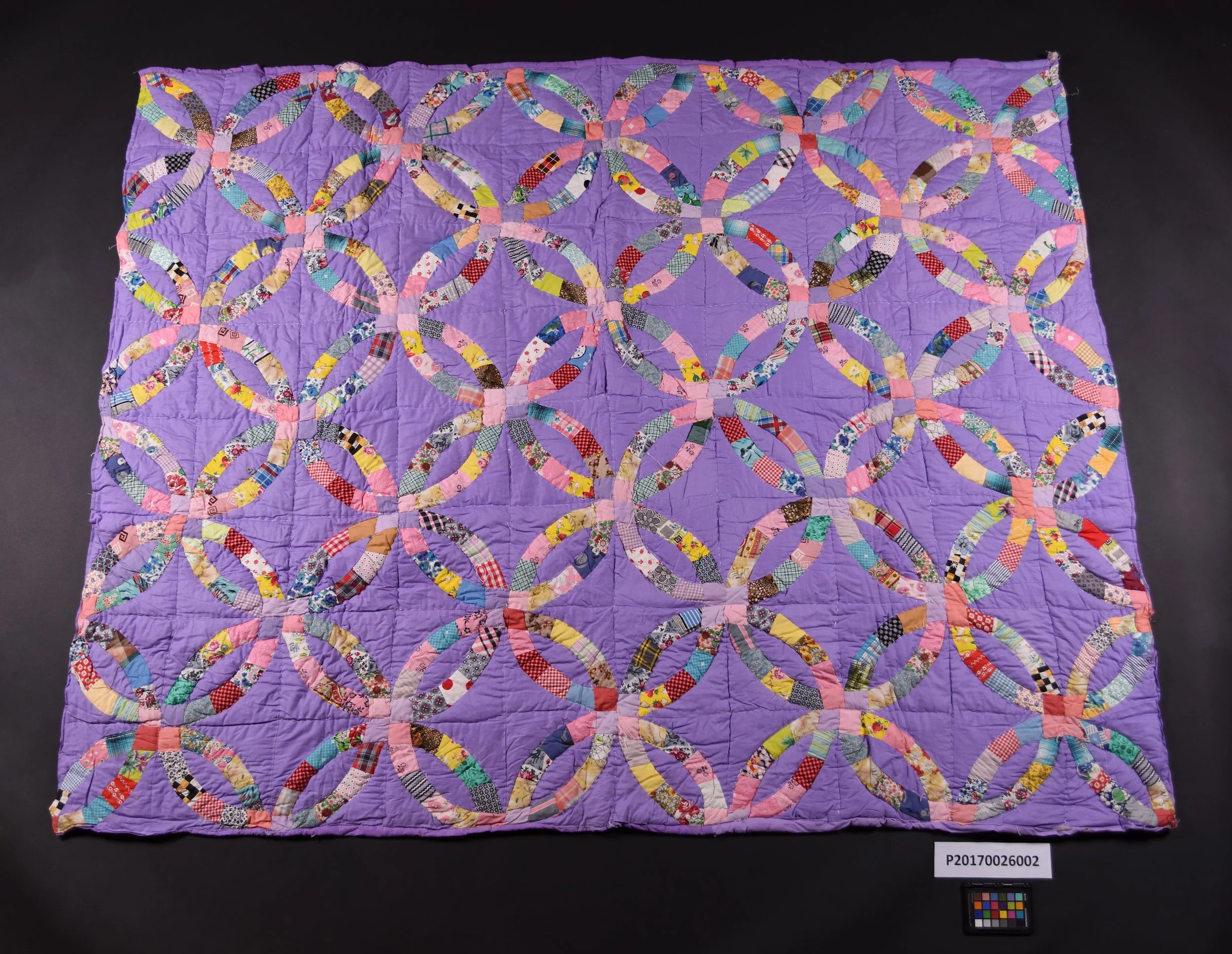Black Lives Matter—Lethbridge in Context
“A race of people is like an individual man; until it uses its own talent, takes pride in its own history, expresses its own culture, affirms its own selfhood, it can never fulfill itself.”
Black History Month commemorations and celebrations are unfolding across Canada and the United States. It is important to look back and think about the collective social, political and cultural journeys that we have been on as a society. So how has Lethbridge contributed to the ongoing dialogue related to the Civil Rights Movement of the 1950s and 60s and the Black Lives Matter and BIPOC (Black, Indigenous, People of Colour) movements of today? Acknowledging that we, as Canadians, have not always embraced racial harmony is a first step to acknowledging our past and an opportunity to build a better, more harmonious future.
A pivotal piece of legislation in the USA was signed into law by President Lyndon Johnson on July 2, 1964—the Civil Rights Act. The law reverberated across borders and continents. It was a symbol by one of the most powerful nations on the planet that equality would be central to social, cultural, political and economic prosperity. This vision continues to be aspirational for our neighbours to the south.
Unfortunately, there have many difficult days for those of African descent in the United States since that hope-filled day. The killing of dozens of civil rights leaders and activists, including the assassinations of Malcolm X on February 21, 1965, and Martin Luther King Jr. on April 4, 1968, reflected the unrest and tragic consequences of the Civil Rights Movement in a nation resistant to change. These assassinations bookended another historical tragedy, Bloody Sunday. This was a peaceful march from Selma to Montgomery in Alabama on March 7, 1965. The several-hundred people marching that day were protesting the murder of civil rights activist Jimmie Lee Jackson by a white police officer. As marchers reached the Edmund Pettus Bridge (named for a former Confederate brigadier general, US senator, and leader of the Alabama Ku Klux Klan), they were blocked by Alabama state and local police sent by governor George C. Wallace. The protesters were viciously beaten and teargassed by police. Dozens of protesters were hospitalized.
Malcolm X
Photo from Library of Congress. New York World-Telegram & Sun Collection, 97519439
Dr. Martin Luther King Jr. and Mathew Ahmann at the Civil Rights March on Washington, DC, August 28, 1963.
US National Archives, 542015
Alabama police attack Selma-to-Montgomery marchers, March 7, 1965.
By Federal Bureau of Investigation, Public Domain
“RACES REPRESENTED IN CLERGY - Many races were represented this week when Anglican ministers attended a deanery meeting in the city. Present were African, Japanese, Indian and White representatives. Front row, left to right, are Canon D. A. Ford and Canon R. W. Cowan, both of Lethbridge, Mrs. and Rev. Cresford Chitemo, Tanzania, Africa, and Rev. G. G. Nakayama*, Coaldale. At the back are Rev. J. C. Daisley of Taber, Rev. E, W. Clarke, Bow Island, and Rev. Stan Cuthand of Cardston.”
Photo caption accompanying image. Lethbridge Herald, March 10, 1965, Page 17.
Galt Museum & Archives, 199110761797
Why does this matter?
Tragedies like these have far-reaching effects. They influence beliefs and actions at the time and into the future. Shortly after Bloody Sunday, a group of Anglican clergy held a “deanery meeting,” or a meeting of parish representatives. A photograph of the participants was taken on March 9, 1965, for the following day’s edition of the Lethbridge Herald. This deanery meeting included Canon D. A. Ford and Canon R. W. Cowan, both from Lethbridge; Mrs. and Reverend Cresford Chitemo of Tanzania, Africa; Reverend G. G. Nakayama from Coaldale; Reverend J. C. Daisley of Taber; Reverend E. W. Clarke from Bow Island; and Reverend Stan Cuthand of Cardston.
Looking at that image from a 2021 perspective, 56 years after that gathering, what is striking is what the photo represents—a symbol of racial and international friendship and unity through faith in a time of great social unrest. Mrs. and Reverend Chitemo were in southern Alberta as part of a three-month stay in Canada that was funded by the Anglican Church as part of the Anglican World Mission Program. In a Lethbridge Herald article on May 18, 1965, the couple gave thanks to Canadians for their support of the church, college and clinic in their homeland, Tanzania.
The caption that ran with the photo was “Races Represented in Clergy.” It is a reminder that images we see today of interfaith individuals and groups band together in the face of injustice have a strong link to the past and act as emblems of a more tolerant and caring world. Black lives mattered then; black lives matter now.
* February 18, 2021 Update: The Galt was made aware that Gordon Goichi (G. G.) Nakayama, one of the priests pictured in photo 199110761797 featured in this article, admitted verbally and in writing to having committed sexual abuse over the course of his career. More information about Nakayama’s admission can be found at the following links:














Dr. Frank Hamilton Mewburn was a wiry and fiery surgeon, politician, army officer, and university professor who greatly contributed to the development of Lethbridge. Mewburn came from a long ling of medical professionals, graduating from McGill University in Montreal in 1881.